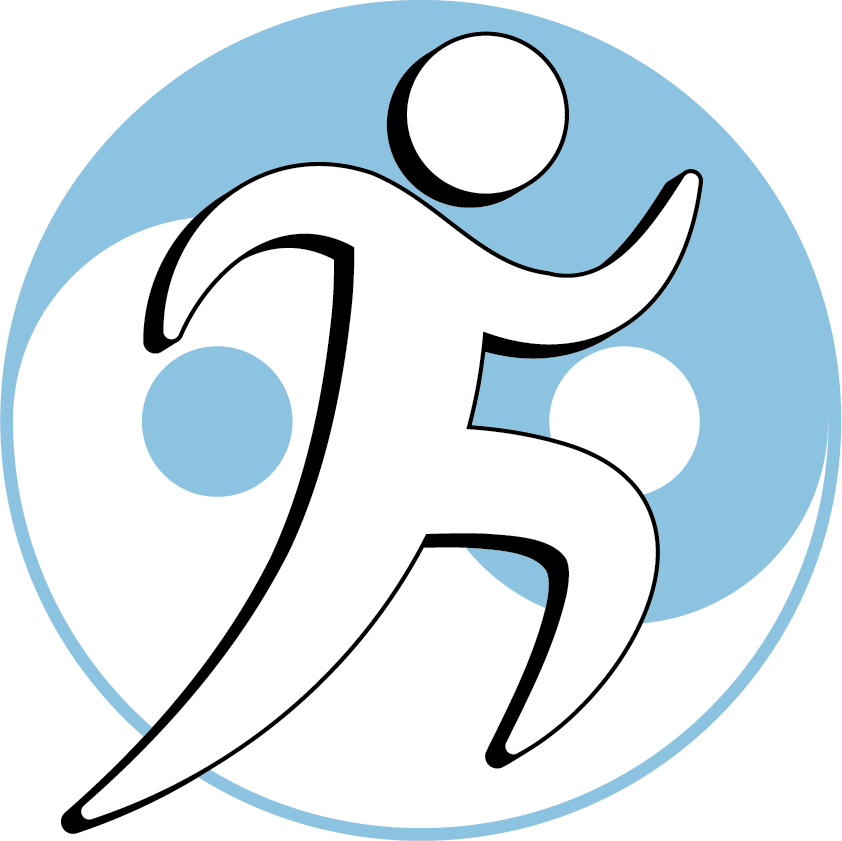With Instructor Anthony Von der Muhll, L.Ac., DAOM, DNBAO, FAIPM
8 Distance-learning NCCAOM PDAs approved
Contact Us to request CAB CEUs
has been added to your cart!
First time user? Your account will be automatically be created after purchase. Please note:
--Webinars require continuous attendance on the date(s) offered to receive PDAs/CEUs. If you cannot attend, please consider a self-paced distance-learning version instead, if available, or another class that you will be able to attend.
Thank you for your purchase!
The yangming 经 筋 jing-jin ("sinew meridian") of Chinese medicine describes the myofascial tract that runs along the anterior body from head to toe. Understanding the yangming jing-jin can guide clinicians from where pain is felt distally and proximally towards additional muscles, tendons, joints and ligaments that also may need treatment. Learn classical and modern examination and treatment of the yangming jing-jin tissues, including:
Leg Yangming Jing-Jin
- Extensors hallucis and digitorum longus
- Tibialis anterior
- Patellar tendon
- Anterior attachments of ACL, PCL, and meniscal horns
- Vastus lateralis, intermidius, medialis and rectus femoris
- Iliacus
- Rectus abdominus
Arm Yangming Jing-Jin
- Masseter
- Medial and lateral pterygoids
- Digastric
- Sterno-cleido-mastoid
- Anterior deltoid and shoulder joint
- Biceps brachii long head
- Brachioradialis
- Extensors carpi radialis longus and brevis
Learn classical and modern methods of treating the jing-jin, including:
- Classical needling techniques, including “crack needling,” “short puncture,” “superficial puncture,” hegu puncture, and shu-point/periosteal puncture
- Myofascial trigger point and joint stabilization/mobilization ("prolo-acupuncture") needling
- Cupping, gua sha, and other manual therapies
Instructional methods include:
- Comparison of ancient sources with dissection studies and functional analyses of myofascial tissues: bony attachments and kinematic chains of muscles, tendons, ligaments and fascia
- Review of postural vs. phasic muscles and balance between agonist/antagonist muscle groups.
- Demonstration of classical palpation techniques integrated with assessment of the movement, strength, and joint stabilization functions of the shaoyang jing-jin
- Anatomical charts of myofascial referred pain patterns, including muscle attachment sites and functions, innervation, and trigger, motor and Chinese new/miscellaneous points for over 25 muscles and connective tissue structures that form the taiyang jing-jin.
Knowing the jing-jin is a valuable complement to the cross-sectional approach of contemporary orthopedics, and opens up to avenues towards holistic rehabilitation from injuries, pain and disability, including:
- Decreased muscle-tendon pain and tension, and improved strength and function.
- Decreased joint pain and enhanced stability and biomechanics.
- Increased flexibility and range-of-motion.
- Restored sensory, motor and proprioceptive function.
Student Comments and Ratings
From evaluations as required by NCCAOM & California Acupuncture Board.
Respondents: 38 of 43 enrolled
Comments:
- "Thank you for the great class! From clinical pearls to an important review of cautions and contraindications, these courses are very useful, even after practicing in this specialty for over 7 years! The material presents a truly integrative approach to orthopedics and sports medicine. In the past, I've found courses to apply either a TCM or a western orthopedics lens, but Dr. Von der Muhll does a wonderful job of blending the concepts in a way that is practical for patient care, logical for the practitioner, and provides language to discuss findings and treatments with our TCM and western colleagues." --Leslie Yedor, L.Ac.
- “Very articulate and precise…great 1-on-1 attention.“ –Jessica Giese-Garderner, L.Ac.
- “Amazing–Thank you!“ –Jessica Luehrs, L.Ac.
- “This class was a really great review as well as including new material” —Daniele Uzes, L.Ac.
- “Great knowledge of anatomy, very in-depth. Thank you for adding to the written notes on-line…I really appreciated Anthony’s in-depth clinical experience and his willingness to share..I’m taking more classes!!!” –Monica Bowditch, L.Ac.
- “Tons of great info, many applicable tools, with some practice indeed…great for sports acu/pain/ortho.” —Joe Sarti, L.Ac.
- “I especially enjoyed reviewing anatomy whilst doing practical exercises to improve my skills…very good explanations…great that notes are digital and linked.” –Michael E. Brown, Jr., L.Ac.
- “I like the charts and photos, this is truly useful!” —Anonymous, L.Ac.
- "Excellent!" --Anonymous
- "I learned a lot. Anthony is very knowledgeable." --Anonymous
- “I wish I had taken this when I got my license in 2006.” —Anonymous, L.Ac.
Average Ratings. Overall: 5/5
The class met its goals/objectives and covered subject materials as stated: 5/5
The class material will be useful in my clinical practice: 5/5
The instructor made effective use of learning aids: slideshows, notes, videos: 5/5
The class provided enough depth, breadth and detail of information: 5/5
The instructor provided adequate instruction in the skills and subjects addressed in the class: 5/5
The written notes were clear, adequate and helpful: 5/5
The number of CEUs/PDAs was appropriate for the time and work required: 5/5
Source Texts Referenced in this Class
- Acupuncture: A Comprehensive Text. Shanghai College of Traditional Chinese Medicine. O’Connor and Bensky, trans. and ed. (1981)
- Kendall, Donald E. The Dao of Chinese Medicine: Understanding an Ancient Health Art. (2002)
- Legge, David. Jing Jin: Acupuncture Treatment of the Muscular System Using the Meridian Sinews. (2010)
- Meyers, Thomas W. Anatomy Trains: Myofascial Meridians for Movement Therapists. (2009)
- Simmons, Travell, Simmons and Cummings. Myofascial Pain and Dysfunction: The Trigger Point Manual, vols. 1-2. (any edition)
Suggested Class Preparation
Prior review of clinical musculoskeletal anatomy and kinesiology of the anterior body structures listed above (including joints and their planes of motion, ligaments, tendons, muscle attachments and functions, innervation) is recommended to make the most of this learning opportunity. Students are advised to have ready access to clinical anatomy references texts, apps or on-line resources during live webinars and in-person classes.
